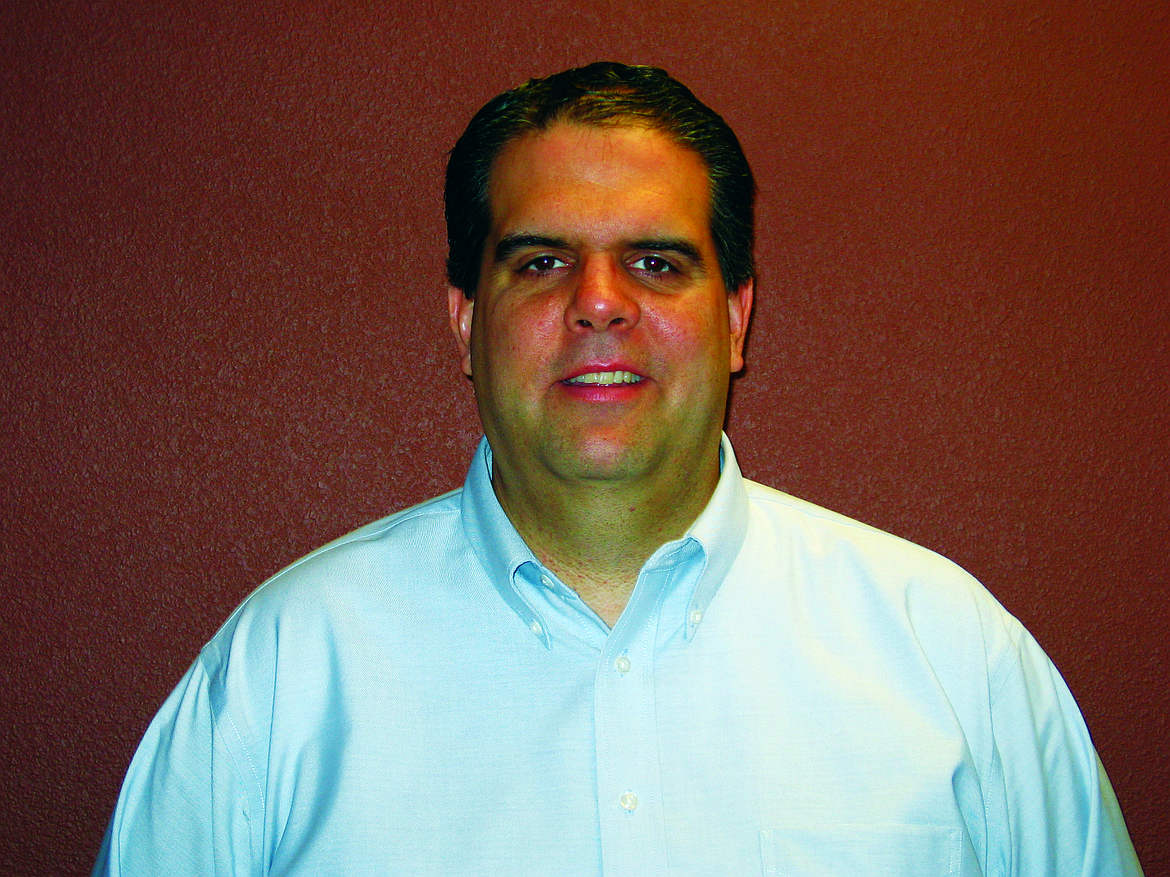ADVERTISING: Advertorial — How will poor posture affect your life?
Chronic neck pain is a common condition that effects middle-aged to elderly patients and their quality of life. The cause of neck pain can be complex and related to a multitude of things like disc or facet joint degeneration, disc bulges or muscle injuries. Poor posture, poor lifestyle choices, auto accidents or even the use of handheld devices can cause cervical instability leading to a decrease or loss of cervical curve often referred to as cervical lordosis.
Spinal curves serve as a foundation for support of body weight and there are three natural curves in the spine that give it an "S" shape when viewed from the side. These curves help the spine withstand great amounts of stress by evenly distributing one’s body weight. The cervical curve is the first curvature that develops in the human spine as an infant. It maintains stability of the spine and is a crucial part of normal spinal biomechanics. In recent years, the younger population has become increasingly more sedentary with students and office workers spending longer hours sitting in front of their computers or handheld devices, resulting in higher incidences of cervical curvature abnormalities. By studying posture, researches have determined that when the curve or angle in the neck decreases it begins to increase the amount of pressure on the discs and forces the surrounding muscles to become stretched or elongated leading to structural changes.
When the muscles are stretched, they work harder to support the weight of the head, which on average is around 10-14 pounds. When the head moves forward to look down for example, the weight is unevenly distributed, and it is in front of the chest where it is not supported by the spine. When someone has poor posture, the head carriage is more forward instead of the head being directly over the center of the body. Recent studies show that for every 1 inch the head is forward from the center line, it as if the head weights an additional 10 lbs. due to applied gravitational forces.
So, if your head is 3 inches forward, the muscles in your neck and upper back are trying to hold up an additional 30 lbs. No wonder, your neck muscles hurt. Our body is amazing at adapting for a while, but the additional pressure eventually takes its toll and causes your spinal discs to degenerate at a much faster rate than normal. It has also been found that a person with a decreased cervical curve is more susceptible to injury from a car accident, slip or fall.
The discs in your spine rely on proper biomechanics and mobility to stay healthy. Discs are about 86% water and they push out waste products when pressure is applied, and they absorb water and nutrients when the pressure is released. So, with poor posture, it is causing additional pressure on the spine, which can prevent the absorption of nutrients and water by the discs which is needed for a damaged area to heal. Over time as the cervical curve continues to change, so does the biomechanics of the spinal column. Without the proper cervical curve, the discs end up bearing more weight and a result some spinal segments become fixated or they don’t move as much as they should while others can become hypermobile, moving more than they are designed too. The increased weight and decreased motion accelerate degeneration of the spinal discs leading to degenerative disc disease or bulging discs. Both spinal disorders create problems as people age.
A study in the August 2019 Medicine Journal titled, “Correlation between cervical lordosis and cervical disc herniation in young patients with neck pain”, found that “Abnormal cervical curvature, including excessive cervical lordosis, loss of cervical curvature, is an early manifestation of degenerative changes in the spine. The normal cervical curvature is essential for maintaining balance and motor function, and any of the aforementioned abnormalities can destroy cervical spine structure, leading to biomechanical dysfunction, bone hyperplasia, cervical muscle injury, and ultimately cervical spondylosis.] Therefore, it is very important to restore the normal cervical curvature while treating cervical spondylosis.” It was also reported that, “The main finding of this study was the inverse correlation between the degree of disc herniation and extent of cervical curve loss in patients with neck pain. In addition, the degree of cervical spinal cord compression also increased with the decrease in cervical curve. This is the first report on such a correlation between cervical curvature and disc herniation in young patients.”
Therefore, when the spinal disc becomes weakened and compressed, it can start to bulge. When a bulge moves into the area where the nerves exit the spinal canal, it can cause different symptoms including numbness, tingling or burning pain down the arms or legs. If the disc is extremely weak, an annular tear or rupture may take place and the jelly like substance inside the disc begins to leak out resulting in more symptoms and problems with activities of daily living. Options that have been found to help these conditions include chiropractic care and spinal decompression. For more information, visit our website at www.naturalspinesolutions.com.
• • •
Dr. Wayne M. Fichter Jr. is a chiropractor at Natural Spine Solutions. The business is located at 3913 Schreiber Way in Coeur d’Alene, 208-966-4425.

